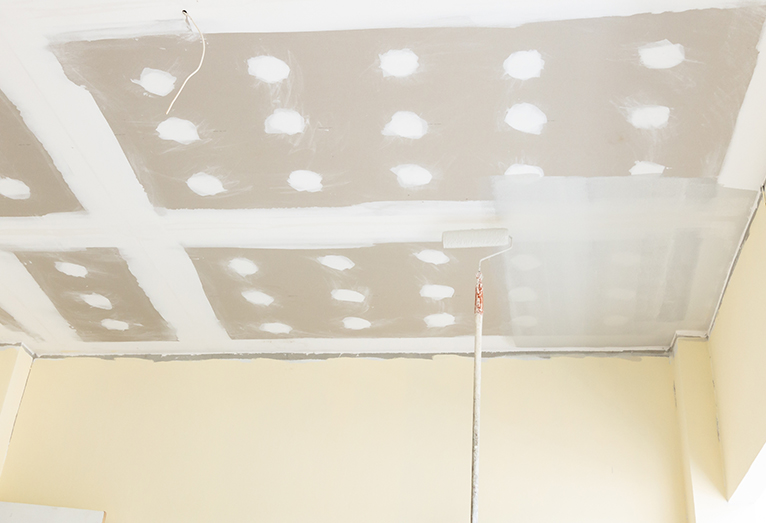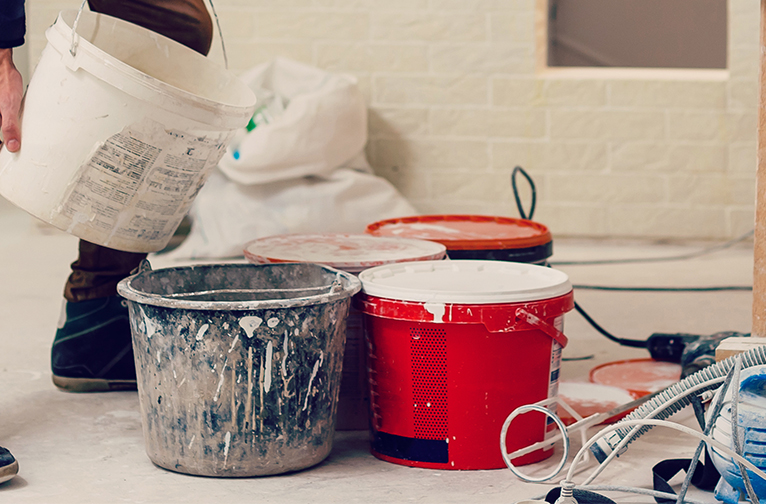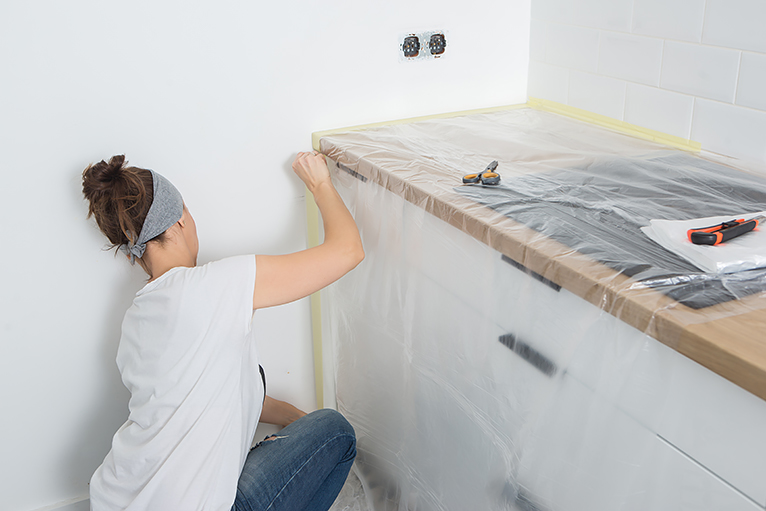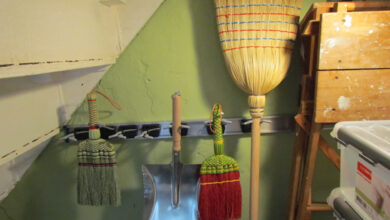How to apply a mist coat
The world of painting and decorating can be daunting for the inexperienced, but perhaps we can help make life a little easier. Learning the ins and outs of mist coat painting is an essential part of the process, because if you don’t apply a mist coat properly you could end up damaging the plaster and having to shell out money to start all over again.
So, the most important part of painting a newly plastered wall is knowing how to effectively apply a mist coat.
Discover the latest colour trends for autumn here!
Mist coating: 101

So, a mist coat you say? What exactly is this, and just how important is it when working with fresh plaster?
Well, simply put, a mist coat is the very first layer of paint applied to a newly plastered wall.
But, unlike standard wall paint, a mist coat is a diluted coat of emulsion. Standard emulsion is too thick to be applied to an untreated plaster wall and won’t dry well. More often that not, applying normal wall paint to plaster will cause it to crack and peel off.
A mist coat is applied with watered down paint, to be absorbed by and bond with the plastered surface instead of sitting on top of it. Then, your plaster will be ready to bond with the first layer of undiluted emulsion.
For more ideas on all things home improvement related, check out our Homeowner Advice Centre.
It’s all in the ratios

Getting the paint to water ratio spot on can be a tricky business, and being able to tell intuitively when you have that ratio perfected takes practice. There are many opinions on just what that magic ratio is, but a strong contender is the 70/30 ratio of paint to water.
If you try that ratio and the paint still feels a little thick, just keep adding splashes of water until you feel it’s diluted enough. You’re looking for a wash coat that covers the plaster evenly.
Another top tip is to remember to only use mist coat paint that is non-vinyl, and pay close attention to the instructions on the tin.
Post mist coat, you should apply two coats of standard emulsion for a truly polished, clean finish.
A sticky situation

Another important insight into the workings of a mist coat is that things can get very messy, very quickly. Watered-down emulsion is far messier than regular paint. So be sure to prepare and care for your floors (and hair!) by covering them before you get started with your mist coat.
Pre-made base emulsions are great for ease of use. If you are strapped for time, new plaster paint is the stuff to look out for as this will enable your surface to continue drying as you paint it. However, it tends to be more expensive than standard emulsion, so for the most cost-effective option opt to create your own mist coat.
What to avoid the hassle and call in a professional? Find Rated People painters and decorators.



